Here’s how you can create a landscape design that’s pet-friendly. Read on!
Creating a pet-friendly landscape design can be a great way to make your outdoor space enjoyable for both you and your furry friends. From choosing the right plants to incorporating pet-friendly features, there are several steps you can take to create a landscape that is both beautiful and safe for pets.
In this blog post, we’ll discuss how to create a pet-friendly landscape design that will make your yard the perfect place for you and your pets.
Look Inside:
Choose Pet-friendly Plants
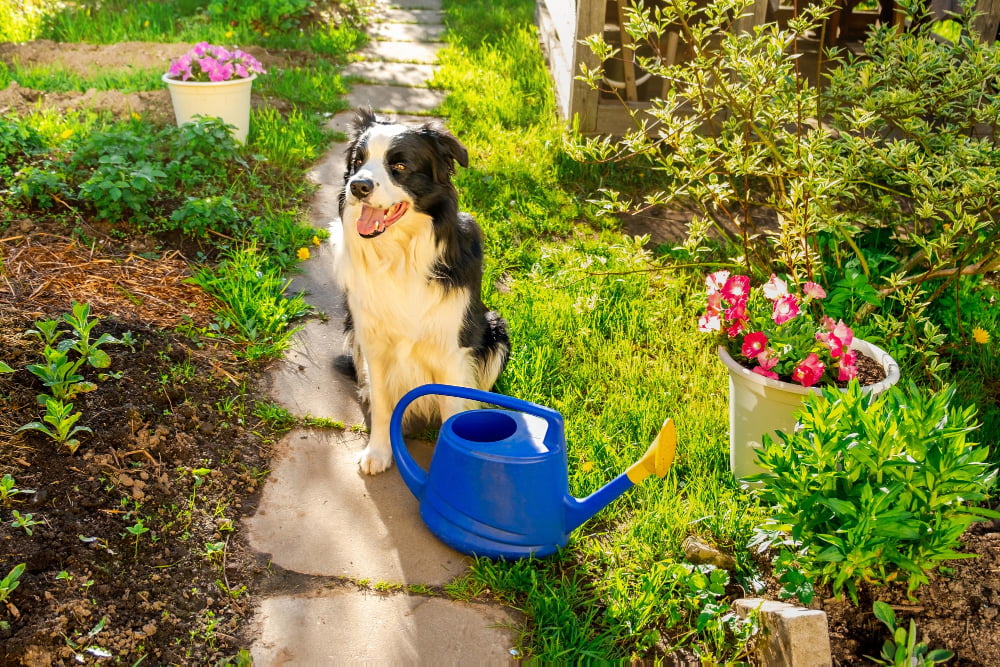
When selecting plants, it is important to consider the type of pet you have and their habits. For example, cats may be attracted to certain types of flowers or shrubs, while dogs may be more likely to dig in flower beds or chew on leaves.
It is also important to research which plants are toxic for pets and avoid those when designing your landscape. Some common pet-safe options include lavender, rosemary, pansies, impatiens, and daisies.
These plants are not only safe for pets but can also add color and texture to your garden design. Adding mulch around the base of these plants can help protect them from being dug up by curious paws!
Use Fencing to Create Boundaries
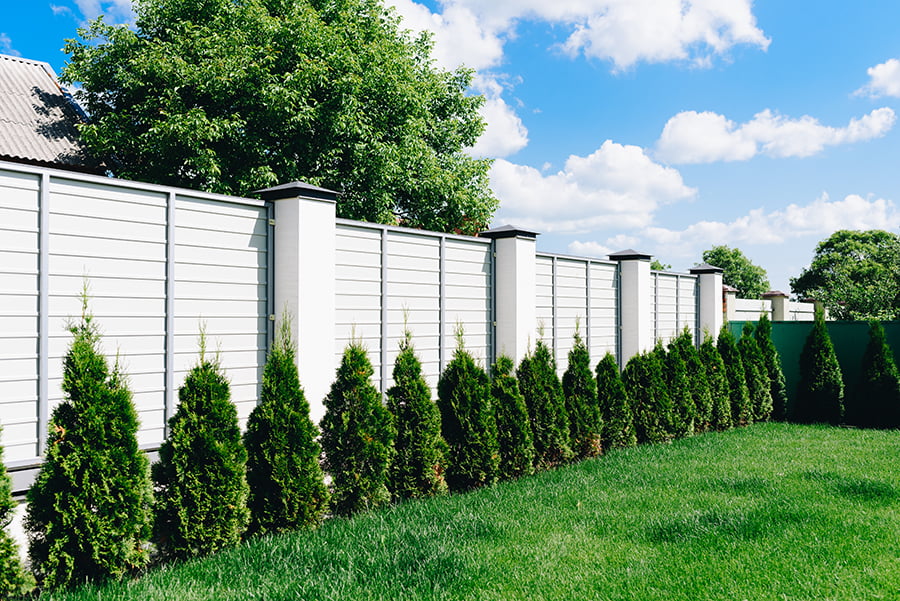
Fencing can be used to create a safe and secure area for pets, while also providing visual interest to the landscape. It can be used to define areas of the yard that are off-limits for pets, such as flower beds or vegetable gardens.
Fencing can also provide protection from other animals or people entering your property. When choosing fencing materials, it is important to consider the size and activity level of your pet in order to select a material that will contain them safely and securely.
You should choose materials that are durable enough to withstand wear and tear from your pet’s claws or teeth. Make sure the fence is tall enough so that your pet cannot jump over it easily.
With careful consideration of these factors when selecting fencing materials, you can create a beautiful landscape design that is both safe and enjoyable for your furry friends!
Provide a Designated Area for Pets to Play
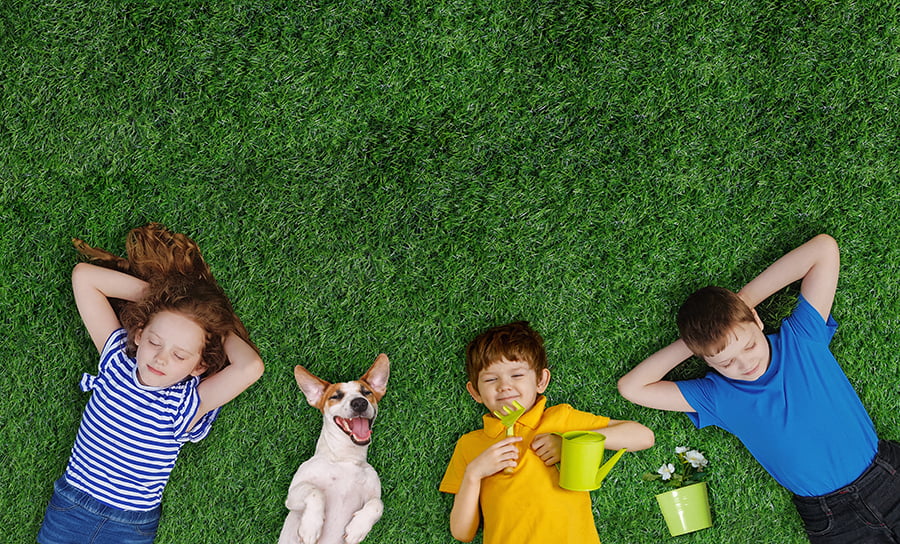
This area should be large enough for the pet to move around and explore, but also safe and secure. It should be fenced off from other areas of the yard, so that pets can’t wander away or get into any trouble.
The fencing should also be strong enough to keep out any potential predators or intruders. Inside this area, you can add toys and activities that will help keep your pet entertained while they are outside.
You could include things like tunnels, agility equipment, chew toys, balls, and even a sandbox if you have space available. Make sure there is plenty of shade available in this area so that your pet doesn’t overheat during hot days.
Incorporate Pet-friendly Features Such As Ramps and Steps

This includes adding ramps and steps to areas where there are changes in elevation, such as between a patio and lawn or between different levels of a deck. Ramps provide an easy way for pets to get up and down stairs without having to jump, while steps can be used when the change in elevation is more gradual.
Both ramps and steps should be made from materials that are safe for animals, such as non-slip surfaces like rubber or composite materials. They should have enough space between each step so that larger animals can easily navigate them without slipping or tripping.
Consider the Size of the Space Available for Landscaping
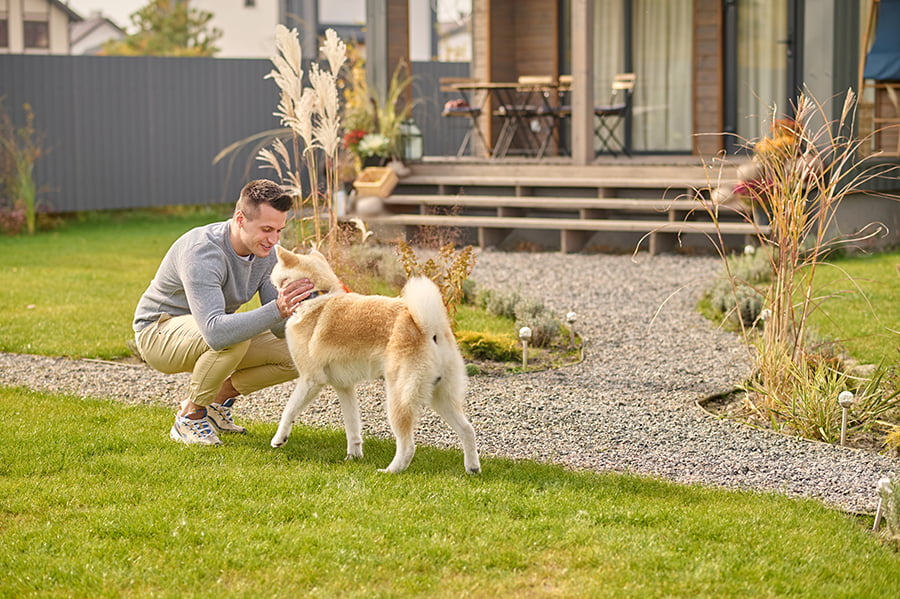
This means assessing how much room you have to work with and what type of landscaping features can fit in that area. For example, if you have a small yard, then large trees or shrubs may not be an option.
Instead, focus on smaller plants and flowers that will provide shade and beauty without taking up too much space. Think about adding pathways or walkways for your pet to explore safely while still allowing them access to different areas of the yard.
Make sure there is enough open space for your pet to run around and play without getting stuck in tight spaces or tangled up in plants.
Select Materials That Are Safe for Pets
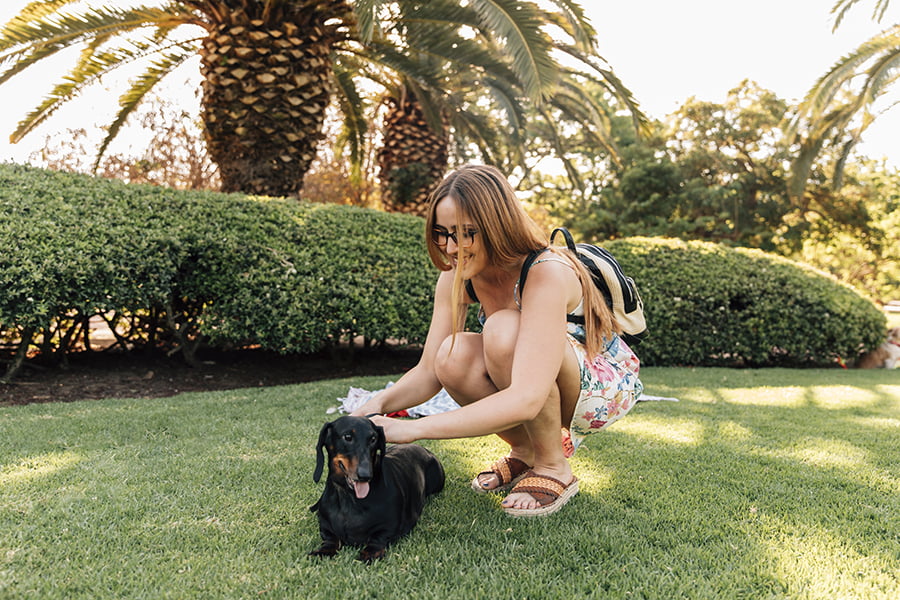
This means choosing materials that won’t harm your pet if they come into contact with them. For example, when selecting plants, choose ones that are non-toxic to animals and don’t have sharp thorns or spines.
When it comes to hardscaping materials like pavers and stones, make sure they are smooth and free of any jagged edges or sharp points that could injure your pet’s paws. Avoid using treated wood in the landscape as some treatments can be toxic to animals if ingested.
Consider adding a few features specifically designed for your pet such as a sandbox or an area with artificial turf for them to play on safely.
Plan Drainage Systems Carefully
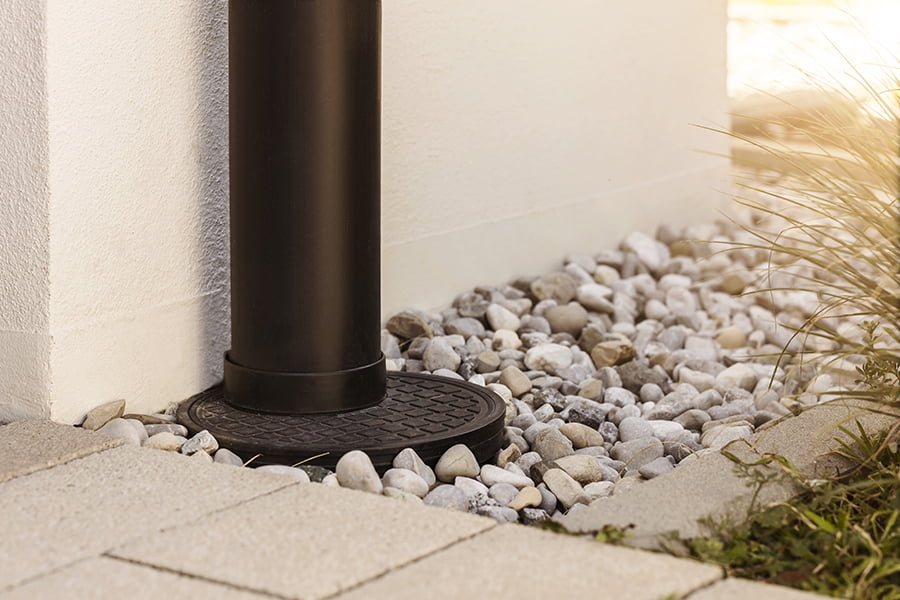
This means considering how water will move through the landscape and ensuring that any runoff from rain or irrigation does not create standing pools of water in areas where pets may be playing. Drainage systems should be designed to direct excess water away from play areas and towards areas with better soil absorption, such as gardens or lawns.
If possible, consider installing drains or swales in low-lying areas to help reduce the risk of flooding and pooling. Make sure that all drainage systems are properly maintained so they can continue to function correctly over time.